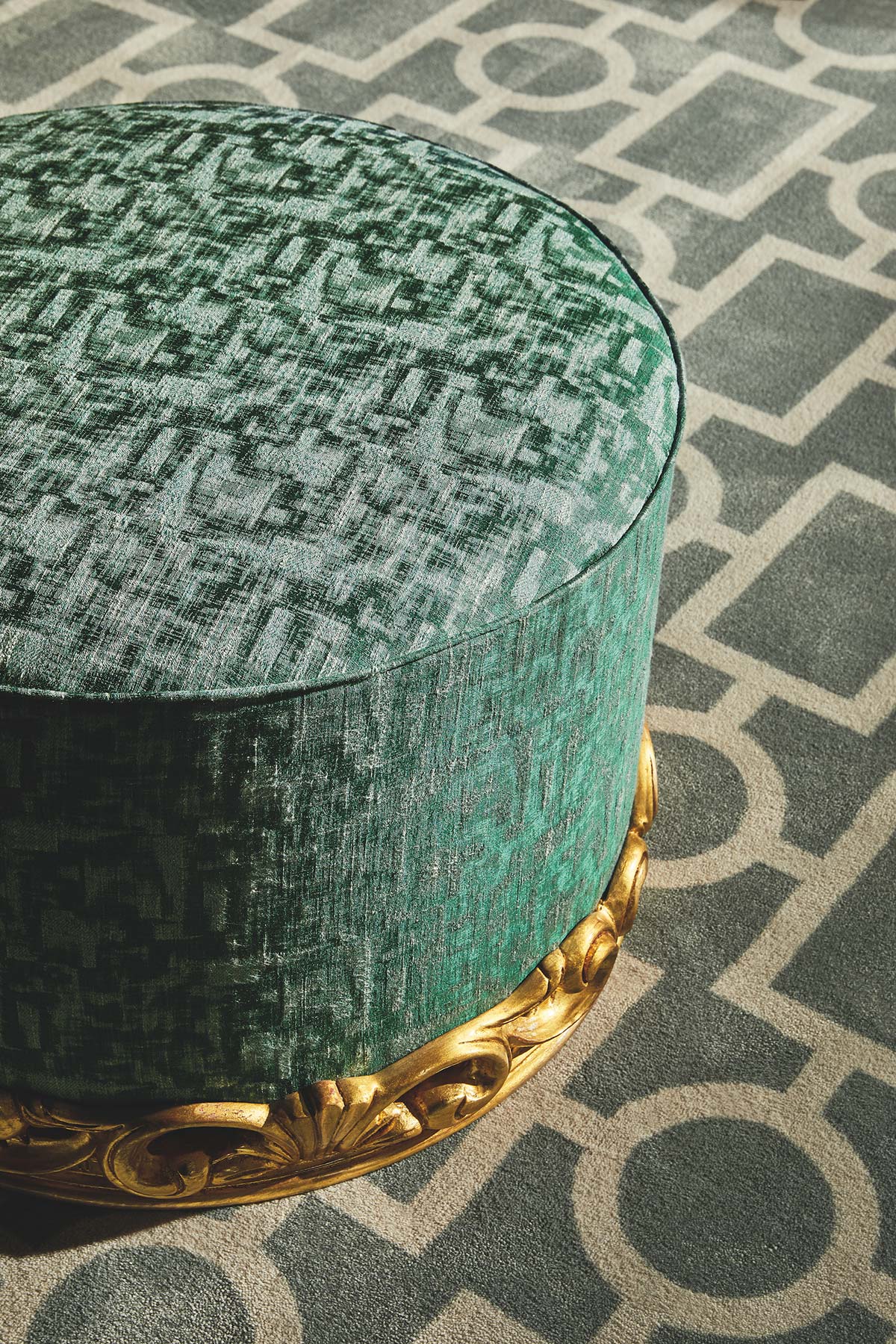Engraving is an ancient art, dating back at least to the 1400s, and typical of the purest classic style. This technique has now become a decorative expedient, in unusual patterns for contemporary furnishings of high crafted and artistic impact.


We can see it in the Kimbolton cabinet by Archer Humphryes Architects for Fratelli Boffi, with its rigorous squared profile, where the front part is subdivided into two or four panels whose “striated” workmanship on the wood converges at the center, generating a sophisticated geometric effect as in the French creations of the early 1930s. We can also find engraving in the New Classic Interiors catalogue of Angelo Cappellini, especially in the Tiara sofa and ottoman, both enhanced by intriguing decorations carved with great precision by the skilled artisans of the historic brand, details that add sartorial, luxurious allure to the essential lines.


In the cabinet from Collection 3 from More by Provasi, on the other hand, the engraving runs along the borders, accentuating its unique beauty, in apt combination with noble materials like eucalyptus wood covered in parchment for the structure, and the jewel-like handles in chased brass and mother-of-pearl. Age-old techniques of workmanship make it possible to imagine one-of-a-kind creations marked by a vivacious twist, in daring but always harmonious contrast between past and future. Collections that work perfectly in today’s homes, in dialogue with modern design furnishings, bringing a personal touch to interiors. This is what happens with the Tulipe chair by Jumbo Collection, modern in its forms and measurements, but combined with a more classic sculptural base. The shape, with a low back and large armrests, is perched on a base in engraved wood with a gold leaf finish, suggesting the profile of a blossoming flower or a chalice. A regal seat that draws on refined French atmospheres, the luxury and magnificence of workmanship in Louis XV and Louis XVI style, whose richness has been updated and reinterpreted in an eclectic, dynamic approach. Grandeur and beauty, to save the world.







